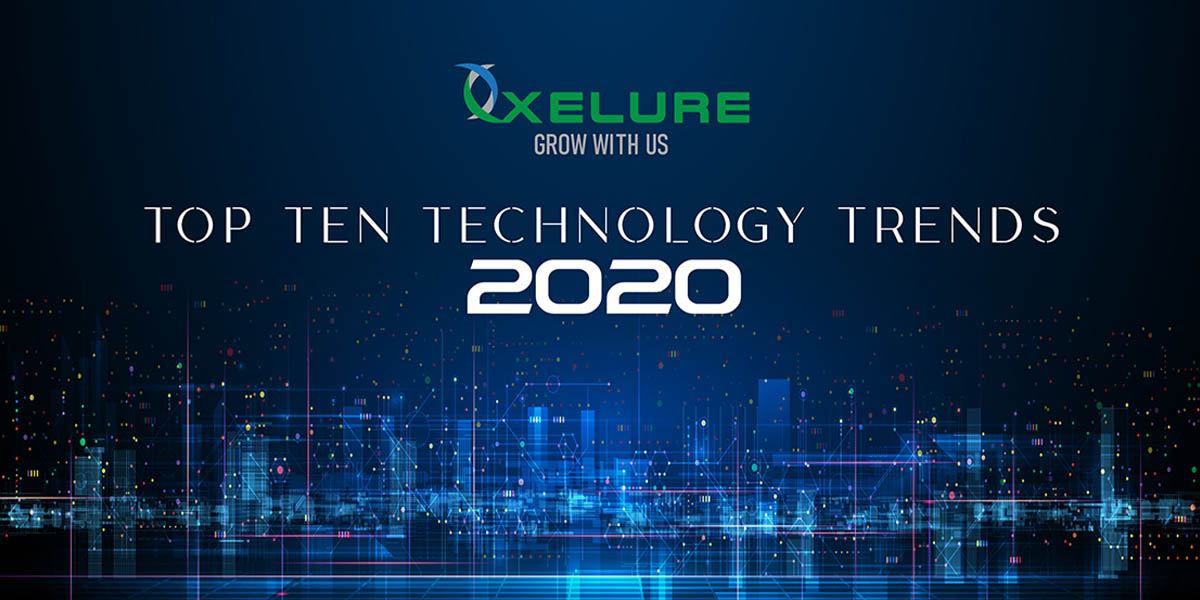The pandemic opened doors and opportunities. Here’s a look back on the ten tech trends in 2020. In this pandemic year, tech made individuals, organizations, and governments reconsider their digital transformation. In 2020 these technologies and practices have staved off the risk of infection and changed the way we work, study, shop, communicate, and live.
Top Ten Tech Trends 2020
Online Shopping and Robot Deliveries
The pandemic has pushed people into their homes and physically distance. This has sparked a sharp rise in online shopping. The pandemic has seen a 6 to 10 percentage point rise in online purchases across product categories. Leading the pack? According to research conducted by the United Nations Conference on Trade and Development and Brazilian Network Information Center, cosmetics and personal care. Delivery services have also leveraged on the use of robotics and code-controlled lockers.
Digital and Contactless Payments
With physical contact driving the spread of the virus, contactless and digital payments have taken centerstage in transactions. This trend has already started prior to the pandemic with China that used Alipay during the Severe Acute Respiratory Syndrome (SARS) epidemic in 2003. In the COVID-19 pandemic, China has started using QR code payments. In 2016, India demonetized currency forcing consumers to shift to phone-based and contactless payment apps.
Remote Work
Remote work has already been done prior to the pandemic in many forms but has only been accelerated because of the risk of congregating in offices. While, the debate rages on between face-to-face collaborations and technology mediated collaborations, the business community seems to have set-in with remote work. Management experts seem to have a consensus over the preponderance of remote work in the pandemic and beyond. The number of permanent remote workers is set to increase from 16.4% to 34.4% in 2021 based on research done by Enterprise Technology Research.
Distance Learning
This Global Health Emergency is also an education emergency with 140 billion students across different levels affected globally. There has been a steeper rise in the leveraging of Educational Technologies. In 2019 global investments in EdTech has reached USD 18.66 with projections for 2025 being pegged at USD 350.
Telehealth
The use of electronic and telecommunications technologies in the remote provision of care has also seen a sharp rise. Healthcare providers have obviously needed to protect themselves and their patients from the spread of the virus in this pandemic. Just in the last week of March 2020, has seen a 154% rise in telehealth visits.
Online Entertainment
Online entertainment has kept people company while being sheltered in place and the lockdowns. In 2019 the online entertainment market was valued at USD 183.1 B and is expected to reach a high of USD 652.5 B in 2027. This rise is obviously driven by the consumption of online content and change consumer behaviors. The UN has declared the shift to a “more digital world”.
Supply Chain 4.0
The reliance on paper trails have been thrown out by core technologies of the so-called fourth industrial revolution with the Internet of Things (IoT), blockchain, Big Data, and Cloud
Computing. These are being leveraged in the creation of a more resilient supply chain management system with enhanced data accuracy and sharing or collaboration.
3D Printing
3D printing has staved off the scramble to meet the demand for specialized medical equipment and supplies internationally. Speed and design are primary advantages of 3D printing. Designs can be customized and developed at scale for emerging needs especially in the time-sensitive period of the pandemic.
Robotics and Drones
The pandemic has seen the rise in the use and deployment of robotics and drones in lieu of human interactions. The pandemic has become an ideal time to see what robots and drones can do to support humans. Drones have been used to spray disinfectants, robots being used to reach our to homeless people, and deliver medical equipment and personal protective equipment. This may be a glimpse into a ore robotic future.
5G and Information and Communications Technology.
All the above rely heavily on stable, high-speed, and affordable internet. As more businesses and organizations are shifting toward digitalization, it is putting a huge strain on the current network and systems. 5G is seen as crucial in data intensive applications being leveraged in this sharp turn to the digital world. As many businesses continue to demand reliable connections, 5G network capabilities will be essential to meet the demands of the next normal in an increasingly digital world.





